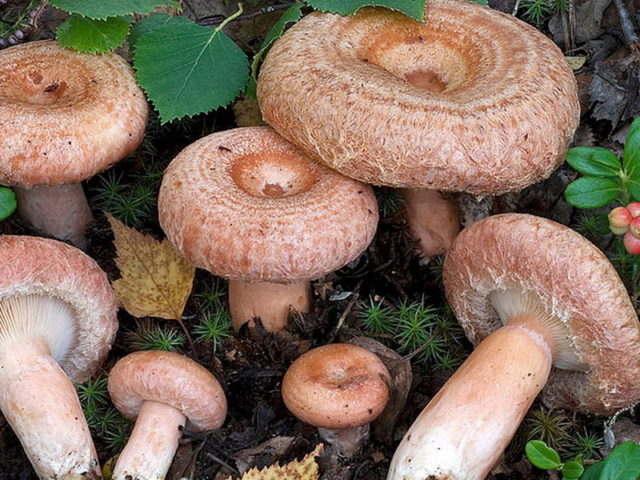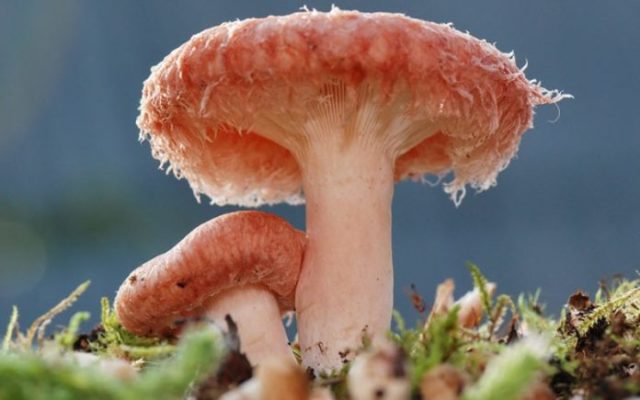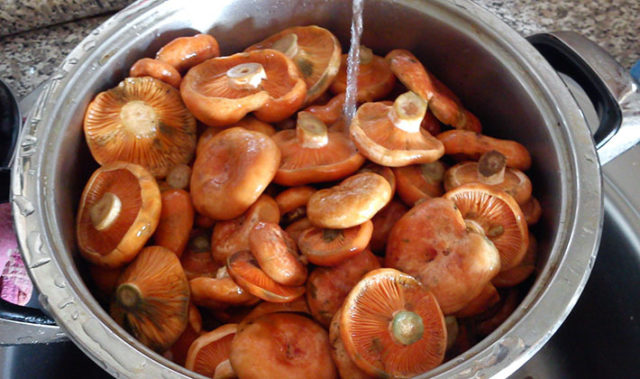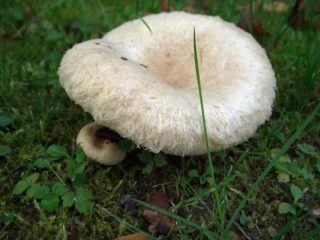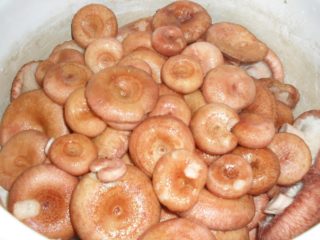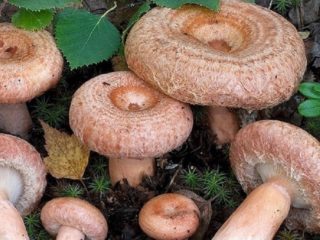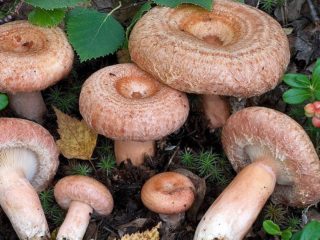Content
Experienced mushroom pickers know that it is necessary to clean the waves and prepare them for processing in a special way. These are autumn mushrooms that can be found in mixed, coniferous and birch forests until the end of October. In European countries, this mushroom is considered conditionally edible, because when cut, a thick, oily juice is released, which has a bitter and pungent taste. However, with proper processing, you can completely get rid of the bitter taste.
Do I need to clean the waves
Like all other mushrooms, it is, of course, necessary to clean the waves collected in the forest, because lumps of earth, needles and grass remain on them. Since this species is conditionally edible, it is not enough to simply clean the mushrooms from the adhering dirt, they require special processing before salting or pickling. The protruding milky, spicy juice at the cut site can spoil the taste of the finished dish and even cause food poisoning. Therefore, these mushrooms, although belonging to the Syroezhkovy family, should not be eaten raw.
Shelf life of waves after collection
Freshly harvested waves are a perishable product, so it is important not to delay their cleaning and processing:
- if the waves are collected in rainy weather, they should be processed immediately upon arrival home;
- fresh unpeeled mushrooms are easily stored for 6 hours at room temperature;
- in order to increase the shelf life of the harvested mushrooms, they are laid out in one layer in a dark, cool place so that they, if possible, do not come into contact with each other. This will keep the unrefined product for up to 15-18 hours.
Already cleaned and washed waves can be stored in the refrigerator for 3 days. In this case, it is better to place them in a colander or sieve so that they have access to air.
How to clean the waves after harvesting
You should clean the mushrooms gathered in the forest immediately on the spot. The cut mushroom, before being sent to the rest, gets rid of adhering grass and leaves to prevent decay processes. Usually, forest litter is simply removed by hand; no special tool is needed for this. If you neglect this rule, the shelf life of the product is significantly reduced.
Further, upon arrival home, the mushrooms need to be processed. They are sorted by size, spoiled and wormy are thrown away. Then they are washed in cold water and with a knife or a stiff brush (you can take a toothbrush) to remove the adhering dirt. The film on the cap is thin and is usually not removed, but the leg is tough and rough, so 2/3 of its length is cut off.
How to clean the waves before salting
Young mushrooms are used for salting, since they taste less bitter. It is necessary to properly clean the waves before salting, observing the following rules:
- mushrooms are cleaned of forest litter, placed in a colander and washed under running water;
- sort and sort white from pink - it is advisable to salt them separately;
- soaked in cold water for 3-4 hours, after which the soaked dirt from the fleecy cap is brushed off with a brush.
After that, the peeled mushrooms should be processed in a special way to remove the specific flavor.To do this, they are soaked in cold water for 3 days, changing it every 4-5 hours. In addition, this process makes the brittle pulp denser.
Do I need to clean the fringes from the waves
Common mushrooms remove the rough skins on the cap before cooking, pickling or pickling. However, it is not necessary to clean the peel of the waves, because it is very thin and not at all hard. And the fringe on the cap is the hallmark of these mushrooms. Whether to remove it or not depends only on aesthetic preferences; many appreciate these mushrooms not only for their taste, but also for their extravagant appearance.
How to process the waves after harvesting so that they do not taste bitter
To neutralize the pungent aftertaste of poisonous juice, additional processing of the waves after cleaning is necessary - soaking or boiling.
The mushrooms are soaked in salted water for 2-3 days, after which they are subjected to further processing. This method is used if there are a lot of them.
To get rid of bitterness, boil the waves several times for 15-20 minutes, draining the water and replacing it with clean water. The number of boils depends on the size and age of the mushroom: small and young ones require less cooking time. You can taste the water in the process, if the bitterness is gone, then you cook enough. This method allows you to process mushrooms and get rid of the pungent aftertaste faster than when soaking, and it is used with a small amount of them.
How to rinse the waves and prepare them for salting and processing
The waves should be washed in a large amount of running water in order to completely get rid of sand and adhering lumps of soil. These mushrooms prefer sandy soils and are lamellar, so they should be washed thoroughly, otherwise grains of sand will come across in the finished product.
After the mushrooms are washed, then they must be processed. They are sorted, the spoiled areas are cut off and washed again, after which they are placed in a colander. Large ones are cut into several parts, after which they are soaked or boiled.
For salting or pickling, the soaking method is often used, as this will make the pulp structure denser. If the product is intended for frying, it is more advisable to first boil and then fry.
Below is a video on how to clean the waves and prepare them for salting.
Conclusion
It is completely easy to clean the waves and this process does not take much time, since the mushrooms grow on dry sandy soil. It is important to properly process it before salting or pickling - this allows you to completely get rid of the bitter aftertaste. And since the waves are incredibly tasty, the effort is fully justified. Therefore, knowing the rules for processing these mushrooms, you should not be afraid of their imaginary toxicity and boldly collect them in the forest.
